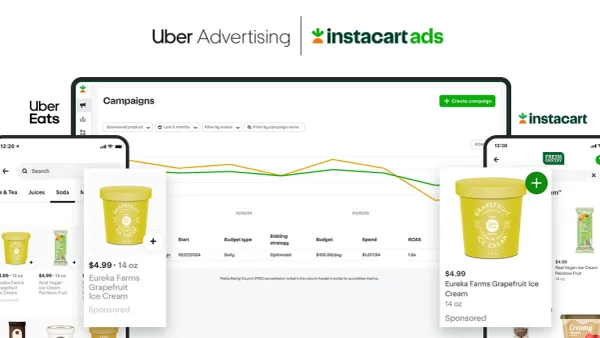Brief:
- Mobile gaming this year saw a surge in popularity as homebound consumers relied on their smartphones for entertainment during the pandemic. App installs for mobile games surged 45% in 2020, outpacing the 32% growth for the prior year, per the latest "State of Gaming App Marketing" report that app marketing company AppsFlyer emailed to Mobile Marketer.
- Installs attributed to advertisements for apps, which AppsFlyer describes as "non-organic installs," jumped 69% this year as game developers ramped up their marketing efforts to stand out in a crowded field. By comparison, organic installs attributed to people discovering apps on their own only grew 33%, a difference indicating that app advertising is an important driver of installs for mobile games.
- Non-organic installs for hyper casual games that are easy to master this year jumped 250%, ahead of the casual (58%), midcore (72%), hardcore (21%) and social casino (27%) categories. Total installs of hyper casual games grew 90% this year, more than any other category, a sign that many people entered the mobile gaming market for the first time in search of entertainment during the pandemic, per AppsFlyer.
Insight:
Mobile gaming has had a banner year with the surge in app installs, and the entry of new gamers into the market is likely to have a long-lasting effect on the industry. The 45% gain in installs for mobile games is notable for being higher than last year's increase, an indication of how the pandemic reinvigorated growth for the industry even as the broader smartphone market shows signs of maturation with falling sales this year.
While consumers may not be rushing to buy new smartphones, they are spending more in gaming apps they've installed on their existing devices. In-app spending rose 25% from February to May as consumers installed gaming apps and began to spend money on in-game features. Among the different categories of games, casual games saw the highest in-app revenue growth, rising 55% from March to May and maintaining elevated levels since then, according to AppsFlyer's analysis.
The growth in non-organic installs indicated that app marketers recognized the importance of advertising their programs, especially since organic growth again is much slower this year. The demand for app advertising led to a rise in cost per installs (CPI) starting in May, coinciding with a broader return of media spending as lockdowns eased in many regions worldwide throughout the summer. While CPI rates vary by app category, they increased an average 35% in May from a month earlier as demand returned.
Looking ahead, AppsFlyer said app marketers face uncertainties including the pandemic's ongoing economic effects and Apple's planned changes to the software that powers iPhones. The company next year will begin notifying customers when apps want access to a device identifier that helps advertisers target audiences. Because many people are expected to opt out of being tracked, advertisers including app marketers are likely to face challenges in retargeting iPhone users in their campaigns.














